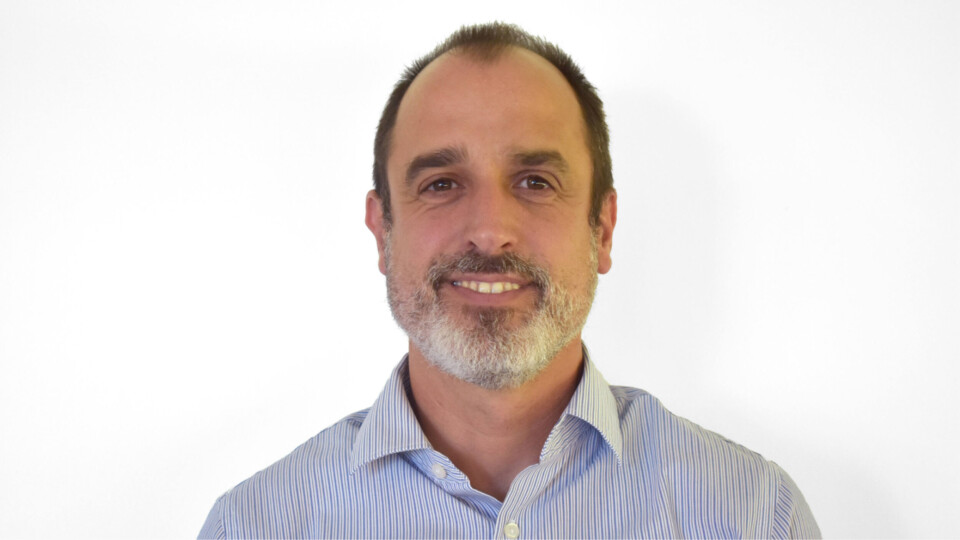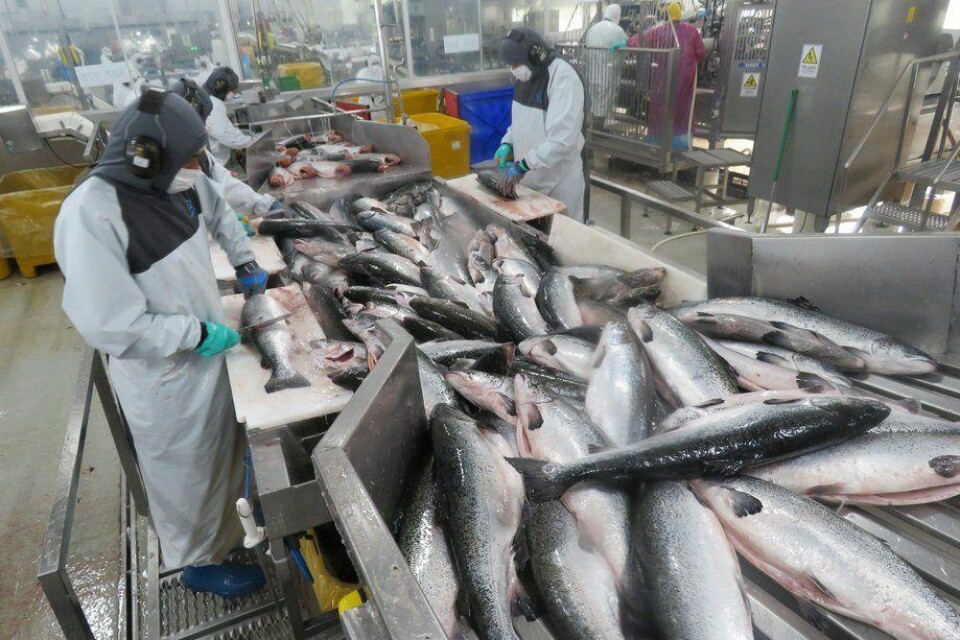
Multiexport consolidating at 100,000 tonnes a year
Cristián Swett, the new chief executive of Chilean salmon farmer Multiexport Foods, aims to maintain a harvest volume of 100,000 tonnes of Atlantic salmon for the company, without ruling out continuing to produce coho salmon and rainbow trout.
“We have defined this new stage of the company as the ‘consolidation’ phase,” he told Fish Farming Expert’s Chilean sister site, Salmonexpert.cl.
“The challenge is to materialise the vision that the board of directors has established of being leaders of the Chilean salmon industry, characterised by being a sustainable, innovative company and appreciated by the community, endowed with an integral management system focused on the development of people and that markets healthy products with recognised brands in different markets, maximising performance and profitability.”
Coho and trout
What level of production will Multiexport Foods achieve in the medium term?
“Last year we exceeded 100,000 tonnes whole fish equivalent. Our plan is to maintain a level of 100,000 tonnes WFE of Atlantic salmon, through adequate management of the production model, as well as the exploitation of the licences available in the Magallanes region.
“However, we are also open to continue producing coho salmon and also rainbow trout again. It is something that we are always evaluating.”
Magallanes region
How important is Magallanes for the company?
“The operation in Magallanes of our subsidiary Multiexport Patagonia is very important, because it complements the planned volumes and helps us develop new business strategies.
“The annual operation is around 18,000 tonnes WFE of Atlantic salmon and we have promoted a simple, safe and sustainable operation, for example, through the use of pontoons and state-of-the-art infrastructure, farms where we have achieved an excellent productive result, with all salmon produced free of antibiotics and with certification standards such as ASC and four-star BAP.
“In addition, since last year we have a process plant that we built and operate thanks to a partnership with Blumar.
“We have analysed in detail the challenge of the production and transport of smolts to Magallanes and we have developed a strategy that, for the moment, does not include any hatcheries in the region.”
500g post-smolts
You are building a new smolt facility in Los Lagos. How will it operate?
“The fish farm is built in partnership with Sealand Aquaculture, and this subsidiary will have the name of Multisea.
“Construction began in December last year and we expect it to be operational to receive its first eggs by the end of this year and achieve, in its first stage, 500-gram post-smolts during the second half of 2022.”
Fewer but bigger farms
What are the challenges that the current salmon farming regulation must overcome in order for the industry to operate in a more sustainable way?
“We understand that making our activity sustainable is the task of all of us who participate in it.
“We are convinced that the development of a powerful concession merger program, under a concept that seeks a smaller number of total concessions but larger in capacity and more distant from each other, is key to executing a productive model competitive and sustainable.”

Circular economy
In addition to stopping sending waste to landfill from processing plants, what other milestones are you looking to achieve in sustainability?
“We are very pleased with the success that the circular economy model has achieved in our fresh and frozen processing plants and smokeries. Getting them to stop sending waste to landfills is the result of work started in 2017 and that, of course, we want to replicate now in our crop division.
“Sustainability is at the centre of our business and, in this sense, we will advance in initiatives that continue to highlight Multiexport’s management in ESG (environmental, social and governance) matters, community engagement and value creation for shareholders and society in general.”
Very optimistic
Is the current financial state of Multiexport Foods, despite the coronavirus crisis, optimal? Do you foresee higher prices than before the pandemic this year?
“As a result of Covid-19, the year 2020 was quite hard in economic terms for the global aquaculture industry, affected by low prices and falling demand. Our company was not alien to that reality.
“Despite that, we are very optimistic about the future. We can see structural changes in demand that allow us to visualise a solid and stable price in the near future.
“Years ago it was estimated that a growth of more than 7% in the supply would negatively affect the price and, in contrast, a growth of less than 7% would raise it.
“Price crises in the past were associated with an increase in supply over demand close to 10%. In 2012 the growth in supply was close to 10%, collapsing the price. Another example is the growth in 2015 which, added to the blockade in Russia, also caused the price to decline significantly.
“What happened in 2020 is different from everything we knew. There was a contraction of demand of other dimensions that is difficult to quantify. A large percentage of salmon is consumed through food service (restaurants), a sector that significantly decreased its activity. An example of this are the cruise ships, which are large consumers of salmon, that have been detained for almost a year.
Price fell less than demand
“In 2020, the contraction in demand in food service was close to 30%, however, the fall in price was not so pronounced. At the moment we have prices above the average of the last 10 years and the only possible explanation is that this decrease in demand on the food service side has been offset by consumption at home, which has been highlighted by several retailers and seafood sales companies.
“There is a structural change in demand worldwide. Many people learned and got used to cooking and eating salmon at home, which leaves us very optimistic about the future. Once the pandemic is over, we should expect very attractive prices since, on the one hand, there will be a natural increase in demand due to the return of food service and, on the other, there is the new habit of in-house consumption.”























































